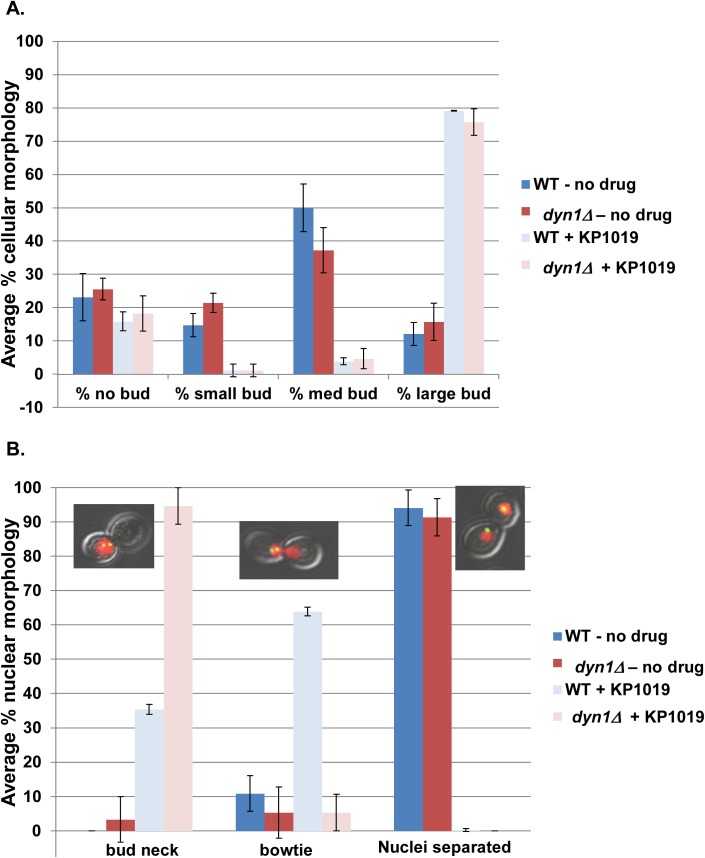Fig 6. Dyn1 dependent KP1019 induced nuclear positions.
Early log phase wild-type (MMY318-5A) and dyn1 deletion (dyn1Δ) strains were treated with 80ug/ml KP1019 for three hours and assayed for budding index and nuclear position as described in Materials and Methods. A. DYN1 deletion does not impact KP1019 induced cell cycle arrest. Untreated samples are represented by blue (WT) and red (dyn1Δ) bars, while treated samples are represented by light blue (WT) and light red (dyn1Δ) bars. The average of three replicates is presented with 2XSE error bar. B. KP1019 induced nuclear migration across the bud neck is Dyn1 dependent. Large budded cells were scored for the position of the nucleus relative to the bud neck. Categories are indicated on the X-axis, and include a single nuclei positioned near the bud neck, but not migrating across the bud neck (bud neck), cells with some protrusion of nucleus across bud neck (protrusion across bud neck), a bowtie phenotype (nuclei spanning bud neck), and two separated nuclei positioned in each cell body (Nuclei separated). Untreated samples are represented by blue (WT) and red (dyn1Δ) bars, while treated samples are represented by light blue (WT) and light red (dyn1Δ) bars. The average of three replicates is presented with 2XSE error bar.

